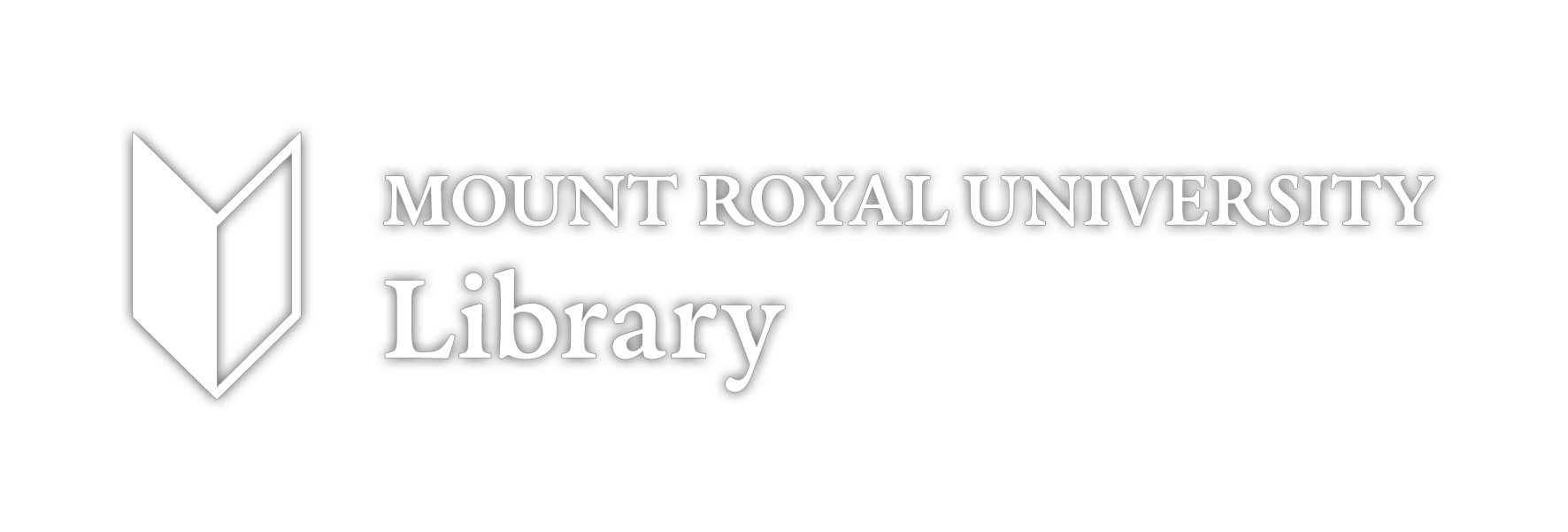File
"A Good Death": One hospice chaplain's approach to end-of-life care
Digital Document
| Content type |
Content type
|
|---|---|
| Collection(s) |
Collection(s)
|
| Resource Type |
Resource Type
|
| Genre |
Genre
|
| Peer Review Status |
Peer Review Status
Peer Reviewed
|
| Origin Information |
|
|---|
| Persons |
Author (aut): Pettigrew, Rachael M.
Author (aut): Madison, Cawdor
|
|---|
| Abstract |
Abstract
When doctors determine patients’ life expectancy to be six months or less, patients are considered palliative. Hospice offers care for the terminally ill patient’s body, mind and spirit. As part of the hospice team, chaplains support the spiritual needs of the patient and their family – a challenging and rewarding role. Dr Madison Cawdor shares his extensive experience as a United States-based hospice chaplain and explains the role’s demands, including the importance of both being present with and listening to patients while also employing an interdenominational approach (i.e. supporting regardless of religious practice). Dr Cawdor explores the role’s personal impacts, including being on call, sustained exposure to death and grief, and also the satisfaction of supporting patients. The demand for hospice care is projected to increase dramatically in the coming years, making understanding the demands of and approaches to this work crucial to facilitate both the recruitment and the retention of hospice chaplains. |
|---|---|
| Language |
Language
|
| Publication Title |
Publication Title
|
|---|
| Physical Description Note |
Physical Description Note
PUBLISHED
|
|---|
| Related Item |
Related Item
|
|---|
| DOI |
DOI
10.1177/09500170241234592
|
|---|
| Use and Reproduction |
Use and Reproduction
publisher
|
|---|---|
| Use License |
| Keywords |
Keywords
chaplain
death
dying
family
hospice
listening
interdenominational
presence
sustainability
|
|---|---|
| Subject Topic |
Subject Topic
|
